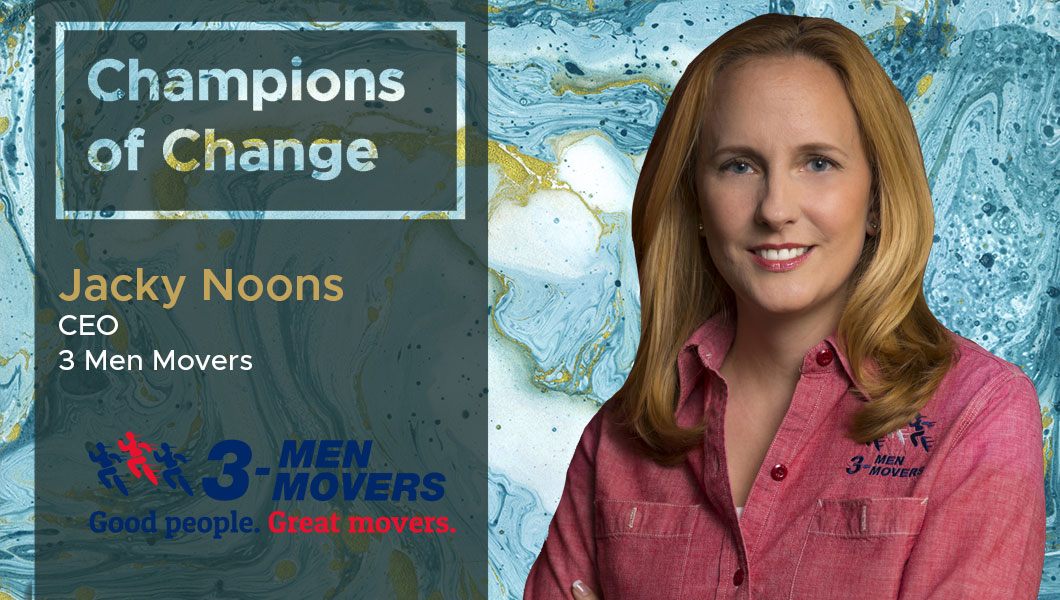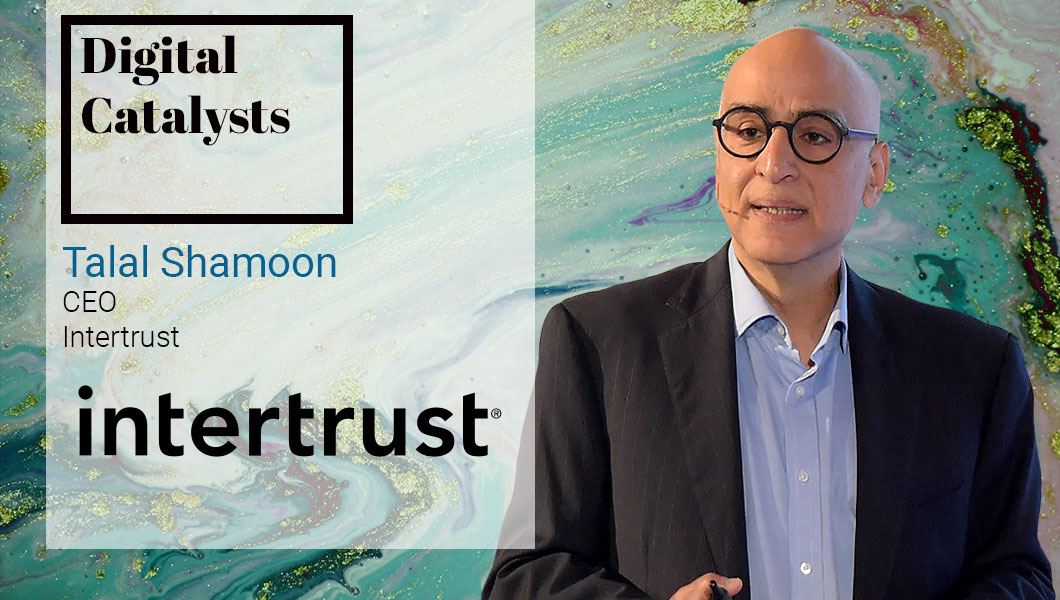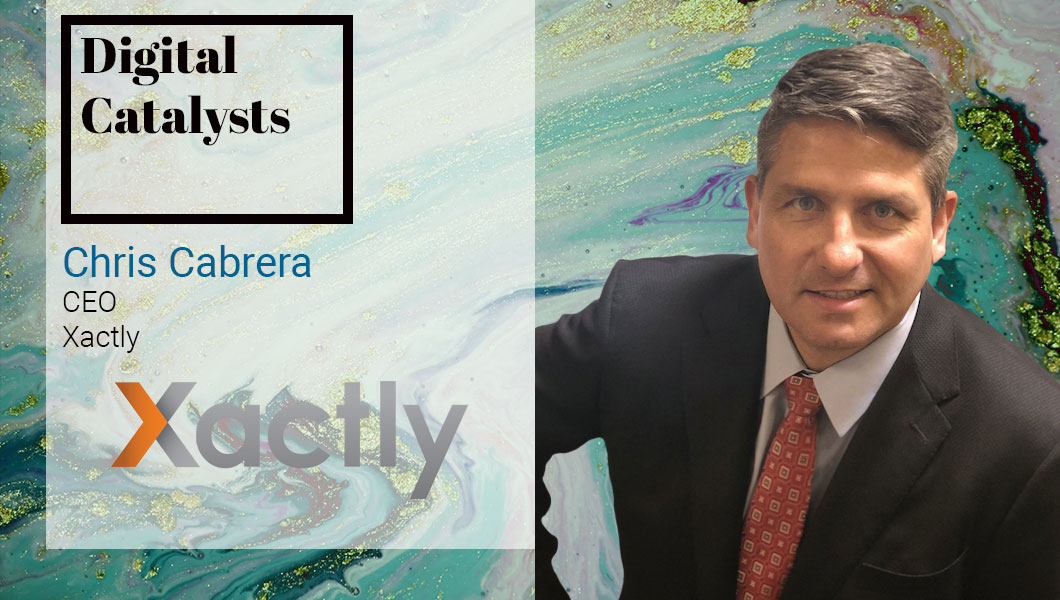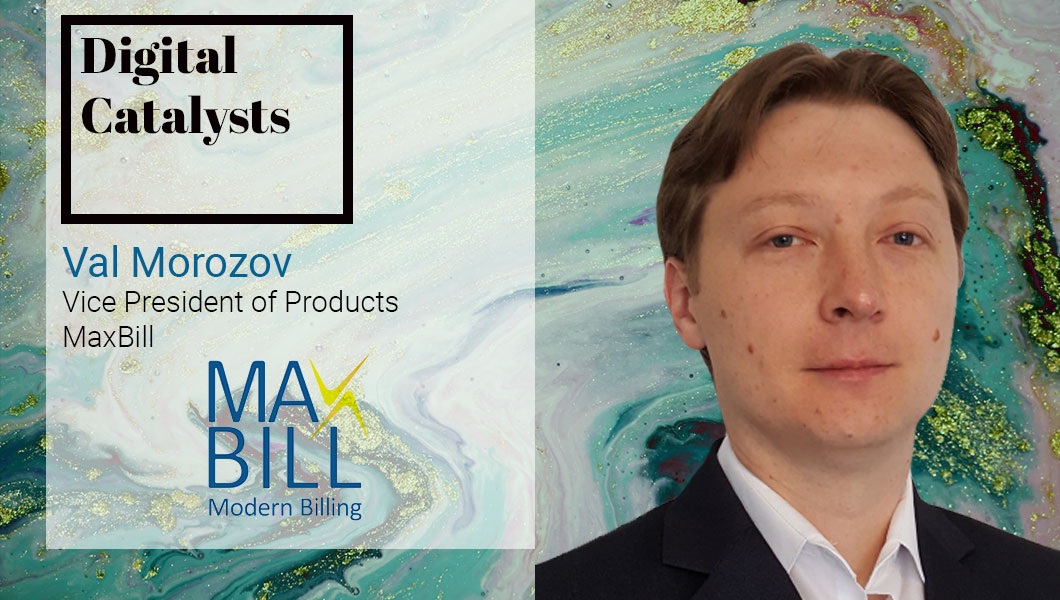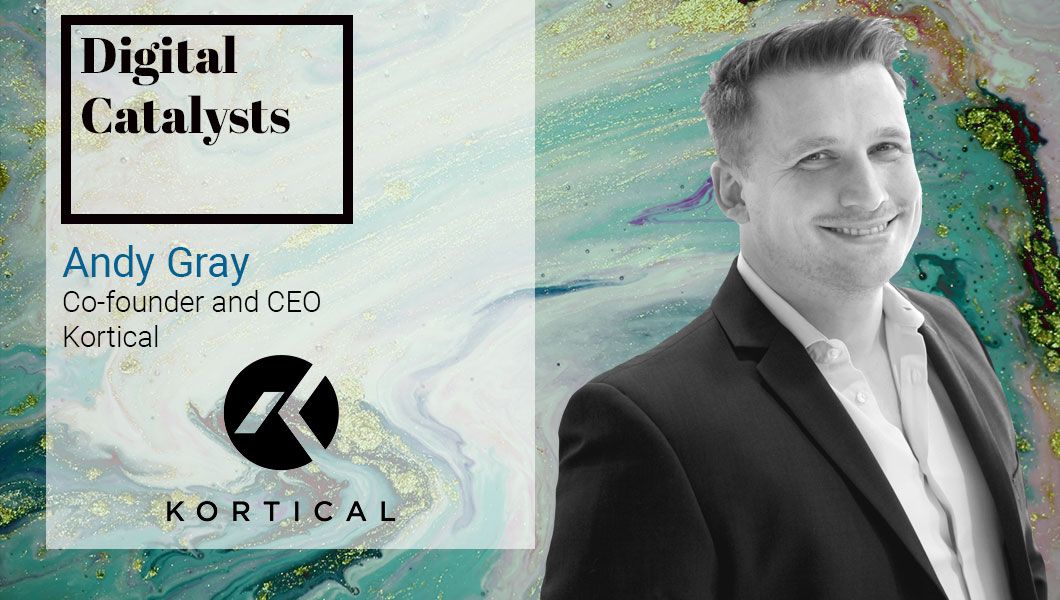Interview with Michael Friedin, Chief Strategy Officer at Hot Paper Lantern
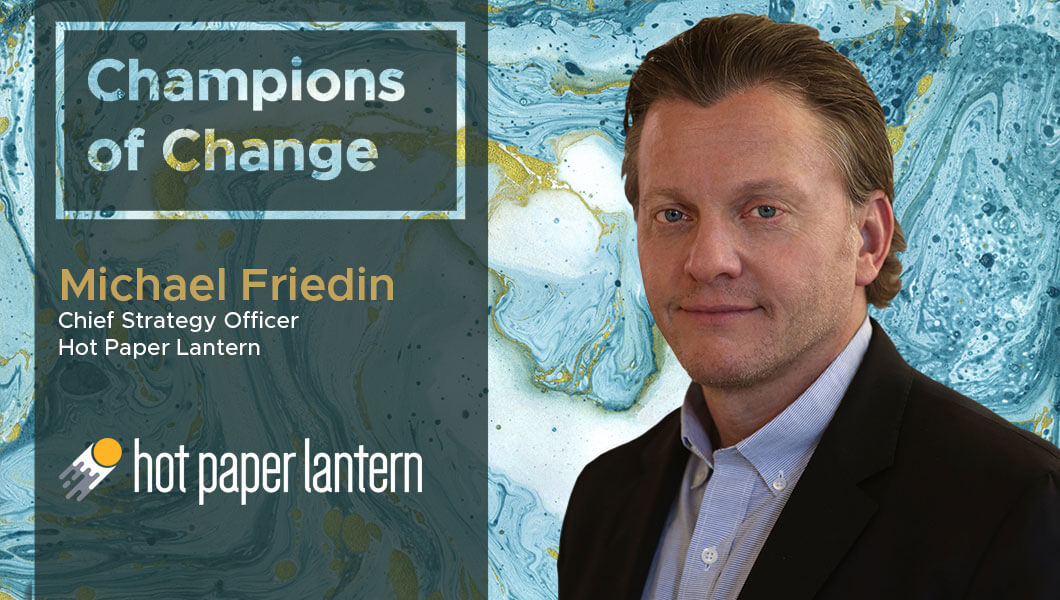
Michael Friedin is the Chief Strategy Officer of Hot Paper Lantern, a consultancy that fuses deep expertise in marketing communications with technology solutions to help brands navigate the complexities of the digital economy. In this interview, Mike discusses the challenge of establishing a digital footprint and and how microservices and digital enablement are the future. In his role as the Global Digital Lead and Head of Innovation, Mike guides digital transformation strategy, sets policy and drives the digital agenda for the company, with a focus on consulting, marketing and enablement
TDE: Thank you so much for taking our questions! Tell us a little about your business and your specific role?
Michael Friedin: The launch of Hot Paper Lantern is the fruition of our transformation from a media focused professional services firm to a diversified, modern agency. The main focus of the business now is consulting, marketing services and digital enablement. My role is Chief Strategy Officer – Global Digital Lead and Head of Innovation.
TDE: When did you first realize that you had an issue that needed a digital solution? What was the nature of the problem you set out to solve?
Michael Friedin: I was brought in from Accenture in early 2016 as Chief Digital Officer to create and drive our digital transformation. Many agencies that work in our space have been undergoing massive change to their organization and operating models to compete with the competitive challenge of both consultancy growth and insourcing by clients.
The initial business challenge was establishing our digital footprint and transformation road map, building out a strategy and standing up an organization with a unique and distinctive offering as a modern agency partner. This included upskilling talent, investment in our MarTech stack, and driving our brand credibility as a business partner that offered deeper capabilities in strategy, customer experience, marketing technology and analytics. We accomplished that which led to our spin off of HPL.
The primary business challenge today is the shifting business landscape and that’s where we are placing our bet on Microservices and Digital Enablement: this includes faster and more agile product development, predictive analytics, and enhanced configurations to create novel, disruptive stacks. This is a result of over a dozen ventures and partnerships we have created in the last few years.
TDE: What were the challenges you faced at the time as you began the process of evaluating solutions?
Michael Friedin: Volume and variety of needs, competitive benefit and skill set.
There are so many options today and you have to sift through this mass to find the right combination of authentic and intelligent solutions aligned to your business goals.
It’s also a challenge to compete for talent in this market.
TDE: What did the final solution look like and what were the broad benefits that it delivered?
Michael Friedin:
I do not believe there is a final solution in transformation. You set your focus on tangible outcomes and accelerate.
For us, it meant providing the business with a combination of relevant technology and skillful execution. The main thing was product development and creation of our own mobile, cloud based platform. We also invested heavily in new partnerships that gives us an edge; for instance, providing a unique, secure data management solution, as many of our clients are in highly regulated industries, such as finance, insurance and healthcare, and dealing with issues such as GDPR.
TDE: What were some of the key elements that were responsible for the project’s success? What processes have you found useful for implementing digital technologies?
Michael Friedin: Establish a blueprint, but build agility into growth plan so you can pivot quickly and not be weighted down. Be bold. You must create an enablement culture. If you are going to innovate, you can’t be afraid to fail. Changing the culture and organizational mindset was the key for success. Also, selecting partners that have good managed services capabilities, so we can scale fast. Adobe is a great example of that at the enterprise level, but we have partners that allow us to enable change and disrupt with unique solutions, yet not get bogged down with legacy systems and challenges.
TDE: What was your biggest takeaway from this project?
Michael Friedin: Change is hard but it’s like being stuck in a riptide: you need to swim with the current and away from it where the pull eases up. And keep looking ahead.
TDE: What’s next for you on your digital roadmap?
Michael Friedin: Digital enablement is a core component of our plan, with a focus on Microservices. I believe it’s the way to innovate fast and tackle transformation with agility. It’s hard to invest at the IT level these days because of legacy issues and by the time you build something, it’s onto the next thing. A singular gateway to multiple API’s is the way forward. You need good resources, both insourced and outsourced, to make it work.
TDE: What’s your go to resource – websites, newsletters, any other – that you use to stay in touch with the explosive changes happening in the digital space?
Michael Friedin: I seek information from a variety of sources, mostly online, so both websites and newsletters are key for my daily intake. Like most of us, I am overwhelmed with email content. I proactively seek content focused on driving digital business success. I also check in with my social network for thought leadership and ideas.
TDE: Read a good book lately on digital transformation that you’d like to recommend to us?
Michael Friedin: Chaos Monkeys. It’s an unfiltered look at trying to make it as an entrepreneur in Silicon Valley and dealing with both the culture and the larger players. It shows that even the biggest and most successful businesses have issues and are in a constant state of change.
For more DX insights follow Michael Friedin on LinkedIn and Twitter.


 By
By 